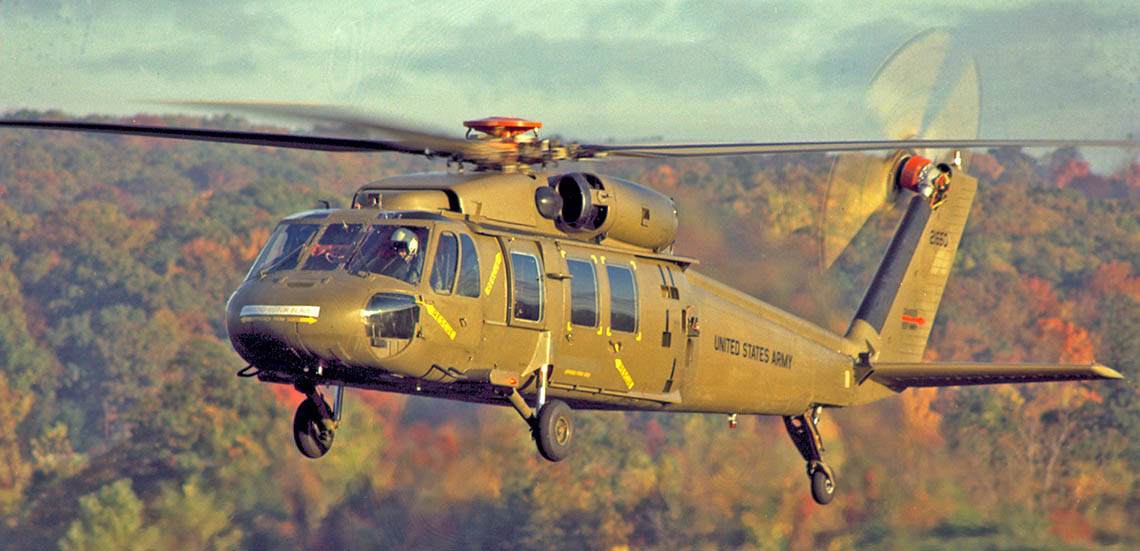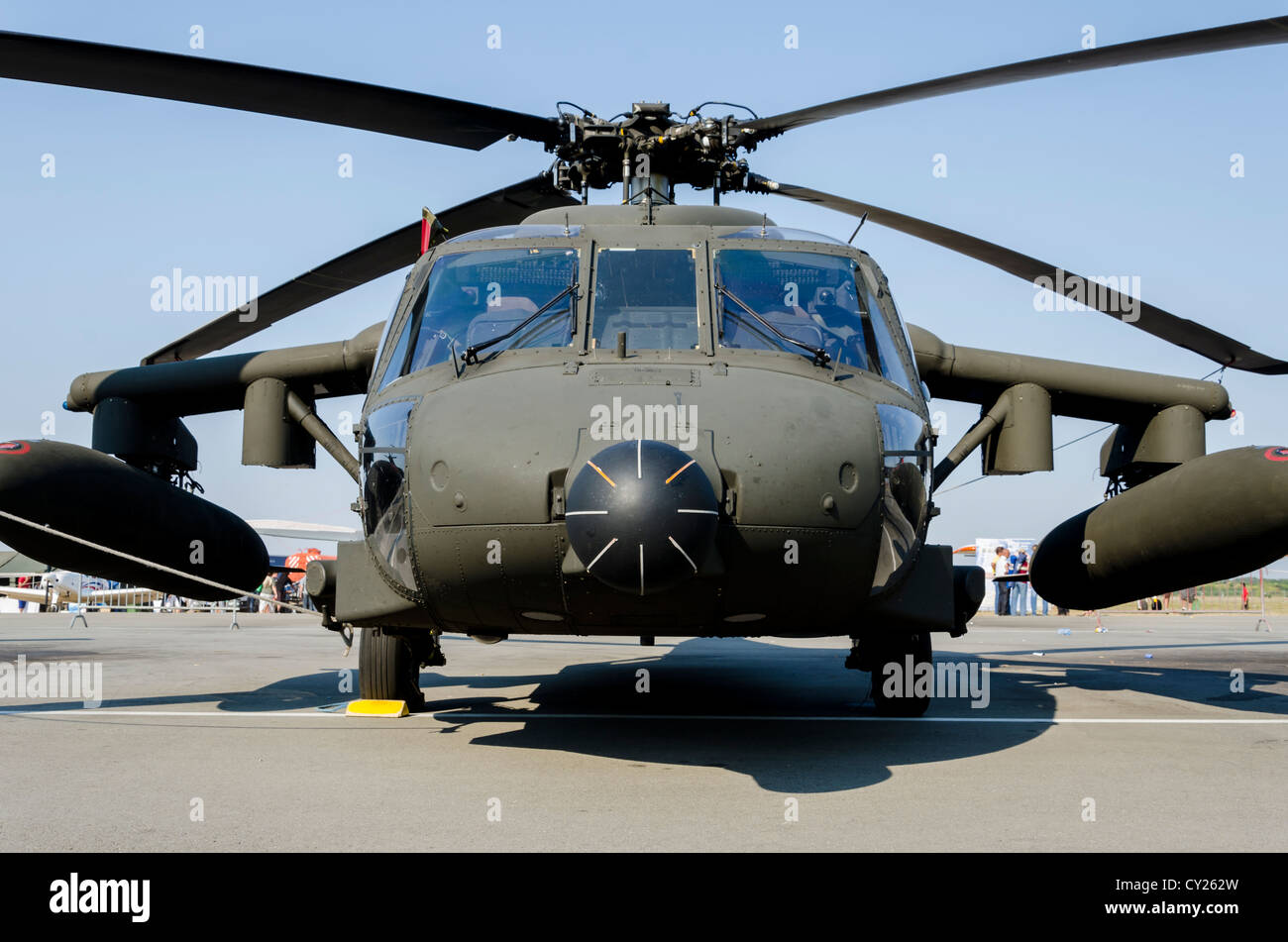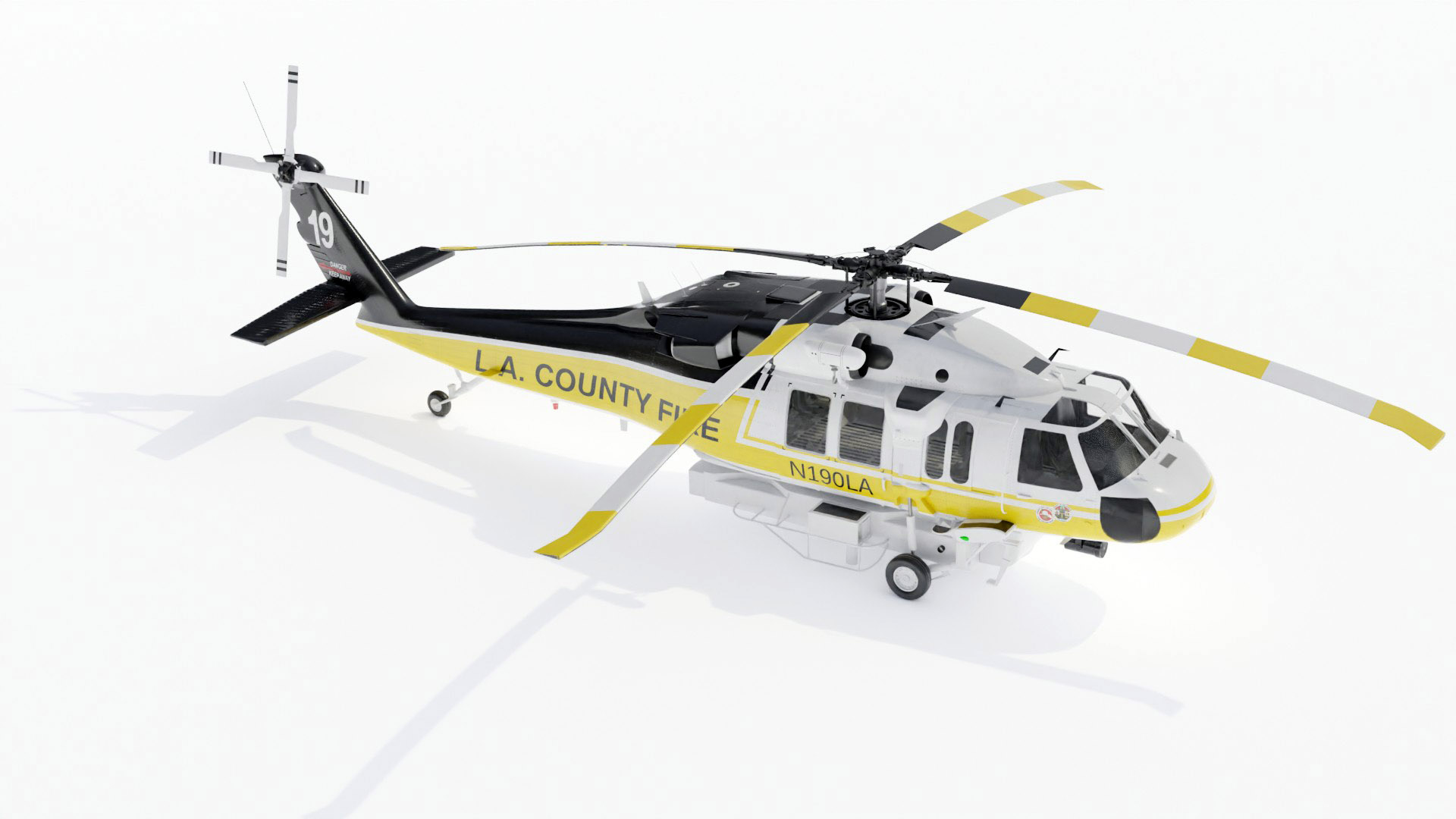Unveiling the Sikorsky S 70: Developments and Advancements in Helicopter Engineering
Unveiling the Sikorsky S 70: Developments and Advancements in Helicopter Engineering
Blog Article
High-Performance Multi-Role Rotorcraft Featuring Advanced Cabin Technologies and Integrated Sensor Systems
The world of rotorcraft technology has actually seen noteworthy innovations in current times, specifically in the world of high-performance multi-role rotorcraft furnished with sophisticated cabin innovations and perfectly integrated sensing unit systems. These technologies have not just enhanced the operational capacities of rotorcraft yet have actually also considerably influenced contemporary air travel operations on various fronts. From enhanced goal adaptability to enhanced operational performance, the merging of sophisticated cockpit innovations and integrated sensor systems has actually introduced a new age of possibilities for rotorcraft applications. In the complying with discussion, we will certainly explore the evolution of rotorcraft modern technology, explore the world of advanced cabin advancements, and check out the implications of integrated sensor systems on the operational convenience and performance of modern rotorcraft.
Advancement of Rotorcraft Modern Technology
The development of rotorcraft modern technology has been marked by considerable advancements in aerodynamics, materials, and propulsion systems, shaping the capabilities and performance of modern rotorcraft. In addition, innovations in propulsion systems, consisting of extra effective engines and ingenious propulsion innovations, have enabled rotorcraft to attain greater elevations, faster speeds, and higher payloads.
These developments have not only changed the capacities of rotorcraft however have also expanded their applications throughout various industries, including army, business, and emergency solutions. The constant development of rotorcraft modern technology remains to drive innovation in the area, pressing the boundaries of what is feasible and forming the future of vertical trip.
Advanced Cabin Innovations
Building upon the fundamental innovations in the rules of aerodynamics, materials, and propulsion systems, the world of rotorcraft modern technology now moves focus towards introducing Advanced Cockpit Innovations. The assimilation of sophisticated innovations within the cabin atmosphere plays an important duty in improving the functional capabilities, safety and security, and efficiency of modern-day rotorcraft. sikorsky s 70. Advanced Cockpit Innovations incorporate a wide selection of features created to provide pilots with boosted situational understanding, structured data monitoring, and user-friendly control user interfaces
Among the key innovations in cockpit style is the execution of glass cockpits, which replace typical analog gauges with high-resolution screens. These electronic systems provide adjustable formats, real-time data integration, and enhanced readability, making it possible for pilots to access important details at a glance. Moreover, progressed avionics systems, such as fly-by-wire controls and augmented reality screens, are changing how pilots connect with the airplane, permitting precise control and improved decision-making abilities.


Integrating sophisticated cockpit innovations not just improves pilot performance yet likewise contributes to total goal efficiency and safety in intricate functional environments. By leveraging state-of-the-art technologies within the cabin, rotorcraft makers are establishing brand-new requirements for operational quality and goal success.
Integrated Sensing Unit Equipments
With the advancement of rotorcraft modern technology, the assimilation of innovative Integrated Sensing unit Equipment has become paramount in enhancing operational effectiveness and security. These Integrated Sensor Solutions incorporate a wide variety of modern technologies that give critical information for various features such as navigation, security, targeting, and environmental monitoring. By flawlessly integrating sensing units like radars, cams, lidar, and infrared systems into rotorcraft, drivers can take advantage of improved situational understanding, improved goal abilities, and decreased pilot work.
One key advantage of Integrated Sensing unit Equipments is their ability to collect real-time data and supply workable insights to pilots and objective drivers. Progressed radar systems can find and track targets over long ranges, allowing for early risk discovery and reliable feedback preparation. Additionally, integrating electro-optical and infrared cams makes it possible for rotorcraft to perform reconnaissance and surveillance missions with precision and accuracy.
Essentially, the integration of innovative sensing unit innovations right into rotorcraft not just enhances operational effectiveness but also contributes considerably to overall mission success and staff safety and security. As rotorcraft proceed to advance, the duty of Integrated Sensing unit Solution will unquestionably stay at the leading edge of innovation in the aerospace industry.
Functional Convenience and Effectiveness
Enhancing functional adaptability and efficiency in rotorcraft is an all-natural development from the assimilation of advanced Integrated Sensing unit Equipments. By leveraging the data and understandings supplied by these advanced sensor systems, rotorcraft can maximize their performance across various objectives and environments.
Functional flexibility includes the ability of rotorcraft to adapt to various roles and situations successfully. With sophisticated cockpit technologies and incorporated sensor systems, rotorcraft can effortlessly change between jobs such as search and rescue, view publisher site medical discharge, monitoring, and a lot more. This convenience boosts the rotorcraft's ability to meet diverse operational demands without calling for extensive reconfiguration.
Performance in rotorcraft operations is essential for maximizing objective effectiveness and resource utilization. Integrated sensing unit systems play a pivotal role in improving operational effectiveness by providing real-time information on weather, terrain mapping, target tracking, and more. This information enables pilots to make informed choices quickly, maximize trip paths, conserve fuel, and boost general mission performance.
Effect On Modern Aviation Workflow

Additionally, the integration of advanced sensing units facilitates boosted mission preparation and implementation, allowing rotorcraft to execute a vast array of tasks with improved precision. From search and rescue procedures to aerial firefighting and police goals, the capabilities of contemporary rotorcraft equipped with advanced cabin innovations and integrated sensor systems are unequaled.
Furthermore, the effect of these developments extends beyond functional effectiveness to cost-effectiveness and sustainability. By maximizing trip paths, gas consumption, and maintenance timetables, high-performance rotorcraft geared up with advanced cabin technologies and sensing units add to reducing functional prices and environmental impact, making them important properties in contemporary aviation operations.
Verdict
In conclusion, the high-performance multi-role rotorcraft with advanced cabin technologies and incorporated sensor systems represents a considerable evolution in aeronautics technology. These technologies enhance operational versatility and efficiency, eventually influencing modern-day aviation procedures in a positive means. The assimilation of these innovative modern technologies permits enhanced capabilities and efficiency in numerous objective situations, showcasing the proceeded improvement of rotorcraft technology in the aviation sector.
The realm of rotorcraft innovation has seen notable improvements in current times, specifically in the realm of high-performance multi-role rotorcraft equipped with sophisticated cabin technologies and effortlessly integrated sensor systems. From boosted goal versatility to enhanced functional efficiency, the merging of innovative cabin technologies and integrated sensing unit systems has ushered in a brand-new period of opportunities for rotorcraft applications. In the complying with discussion, we will explore the evolution of rotorcraft modern technology, dive directory right into the world of sophisticated cockpit technologies, and check out the implications of incorporated sensor systems on the operational adaptability and effectiveness of modern-day rotorcraft.

Report this page